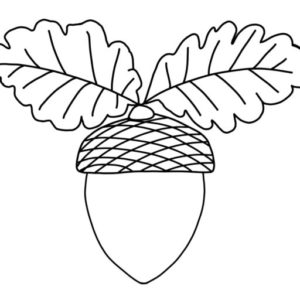Introduction
Throughout the Middle Ages and into the Late Italian Renaissance, texts and images employing the seven Liberal Arts —Grammar, Rhetoric, Dialectic, Arithmetic, Geometry, Music, and Astrology—were central to education at both the grammar school and university levels, in both Humanist and Scholastic curricula.[1] Though abundant, their representations tended to adhere to a common iconography: regal images of the female Liberal Arts enthroned and often shown with Scholars in their respective disciplines. However, Pollaiuolo’s personifications of the Liberal Arts on the Tomb of Pope Sixtus IV (c. 1484-1493)[2] depart from the conventional iconography depicted in earlier paintings, etchings, and prints by establishing a clear hierarchy between the disciplines and shifting towards a more naturalistic representation of nude and semi-nude female bodies, which were no longer enthroned. Although other artists typically included representations of the foundational scholars associated with each discipline, Pollaiuolo instead incorporated their written ideas into his sculptural panels by means of inscriptions and other symbolic objects throughout the tomb, thereby sustaining an emphasis on beautiful female bodies as the primary carriers of meaning. This capstone builds upon the scholarship of Leopold Ettlinger and Alison Wright in its examination of Pollaiuolo’s Tomb of Sixtus IV. This capstone will examine images that combine the seven disciplines of the traditional Liberal Arts, known in Latin as; Grammatica, Rhetorica, Dialectica, Arithmetica, Geometria, Musica, and Astrologia, with others such as Poetry, Prospectiva, Theologia, and Philosophia. I will illustrate the ways in which Pollaiuolo’s newly added figures of Theologia, Philosophia, and Prospectiva, related to the emerging concord between Neo-Platonic and Aristotelian thought as shown through each discipline’s inscriptions and iconography, developed in the writings of medieval scholars, and further established in Humanist writings and scholarship. These disciplines connect to the broader Quattrocento debates concerning the relative merits of Aristotelian and Platonic thought, reflected in divergent scholastic and humanistic positions. Additionally, I will show how the ten selected disciplines communicate varying hierarchies through their association with the della Rovere family, the levels of nudity within each figure, and through an analysis of their relational placement on the tomb. In doing so, this capstone will examine Pollaiuolo’s unique decisions in depictions of the Liberal Arts and innovations in creating Sixtus IV’s tomb within the broader history of papal tombs.
